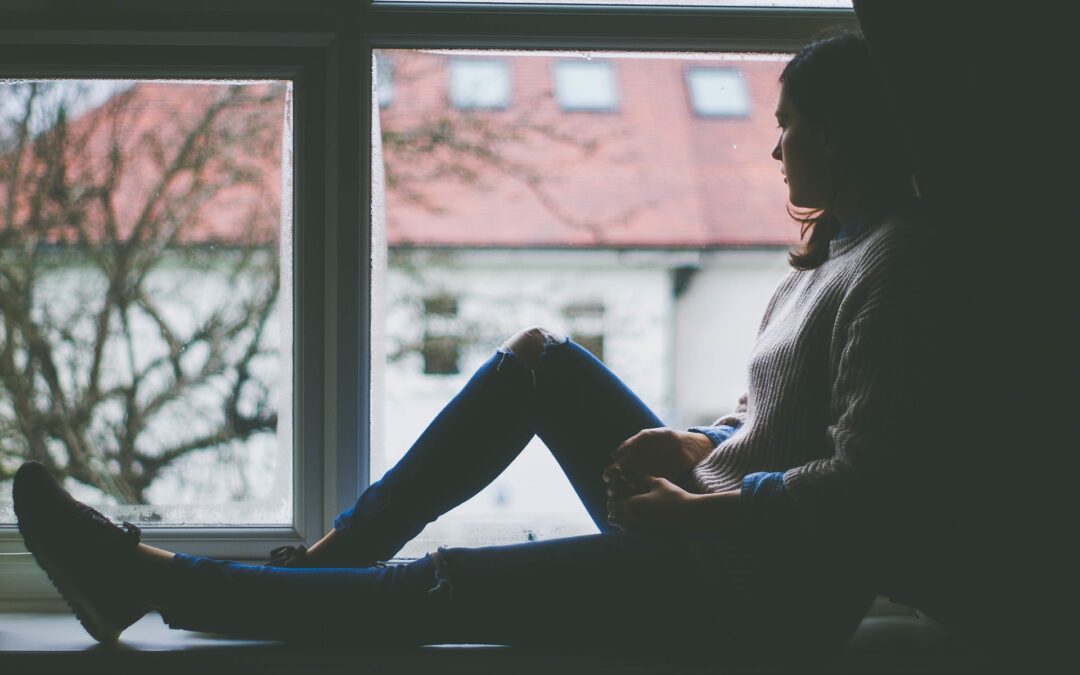The Christmas decorations are down, the last cookies have been ate (and your jeans are noticing), and those last minute gift credit card charges are coming due. It doesn’t ever seem to be daylight outside and any plans you make seem to keep getting canceled due to bad weather. You are not alone with feeling the slumps of post-holiday/midwinter blues! According to the AAFD, 4 to 6 percent of the population has winter seasonal depression (SAD), while another 10 to 20 percent may experience mild SAD.
What is SAD? (American Psychiatric Association)
Seasonal Affective Disorder (SAD) is a diagnosable form of depression that is related to changes in certain seasons of the year, most typically winter. The Diagnostic and Statistical Manual of Mental Disorders Fifth Edition (DSM-5) currently lists SAD as Major Depressive Disorder, with Seasonal Pattern. Although not as common, some people will notice depressed symptoms related to the spring/summer seasons.
What are Symptoms of SAD?
Symptoms of SAD include typical symptoms of depression:
- Depressed mood most of the day, nearly every day,
- Diminished interest or pleasure in activities
- Weight loss/gain (change in eating-craving carbs)
- Insomnia/hypersomnia
- Loss of energy nearly every day
- Feelings of worthlessness or inappropriate guilt
- Diminished ability to concentrate
- Increase in restless activity
- Thoughts of death or self-injurious behaviors
What can I do?
Common treatment for SAD is similar to treatment for Major Depressive Disorder. Although symptoms typically resolve with the change of seasons again, traditional talk therapy can be added or increased during these more depressed times to help improve mood. Cognitive behavioral therapy can help in identifying negative thinking and work on changing these thought patterns. Light therapy has also been found to be affective in some cases. Medication can also be used with consultation from your mental health provider or PCP.
As always if you or someone you know starts to have suicidal thoughts, take action by calling 911, going to your local emergency room or call the National Suicide Prevention Lifeline at 800-273-TALK (800-273-8255) to reach a trained counselor.

